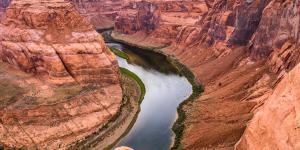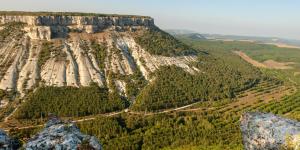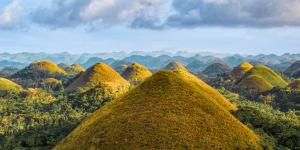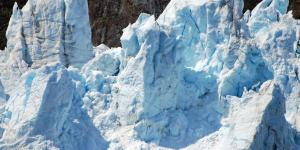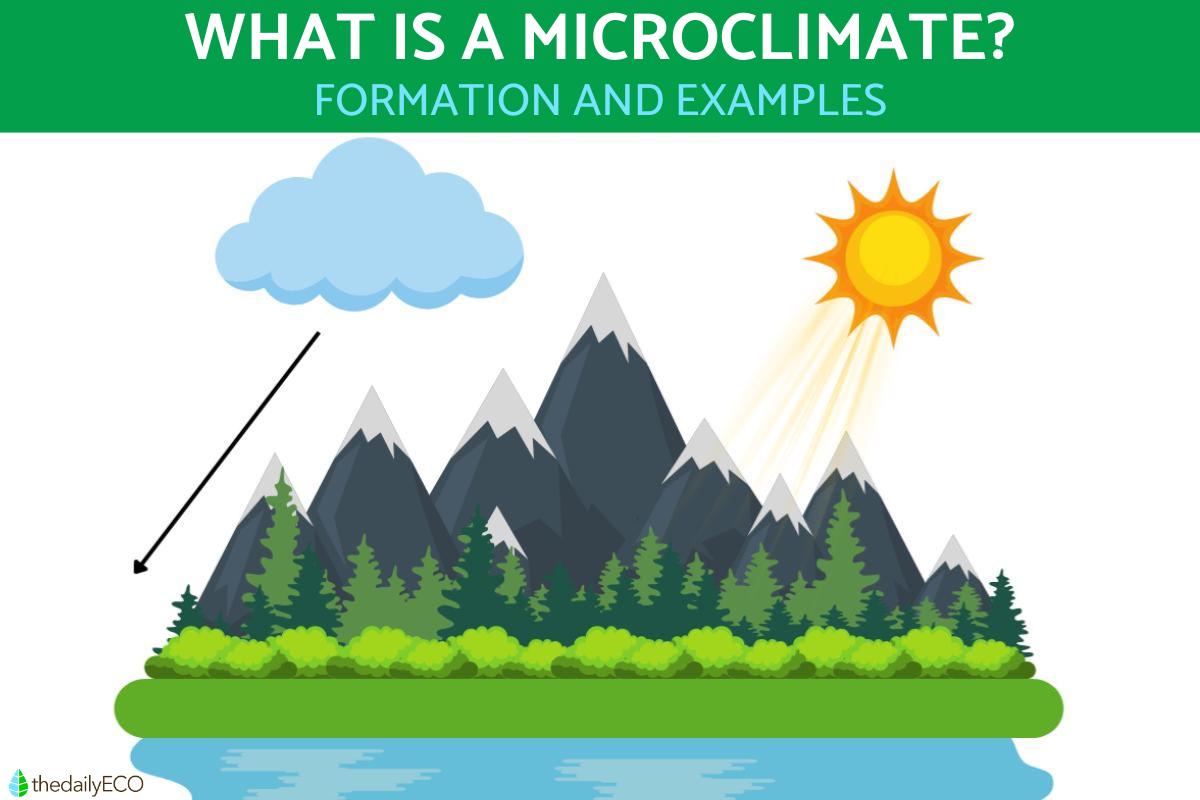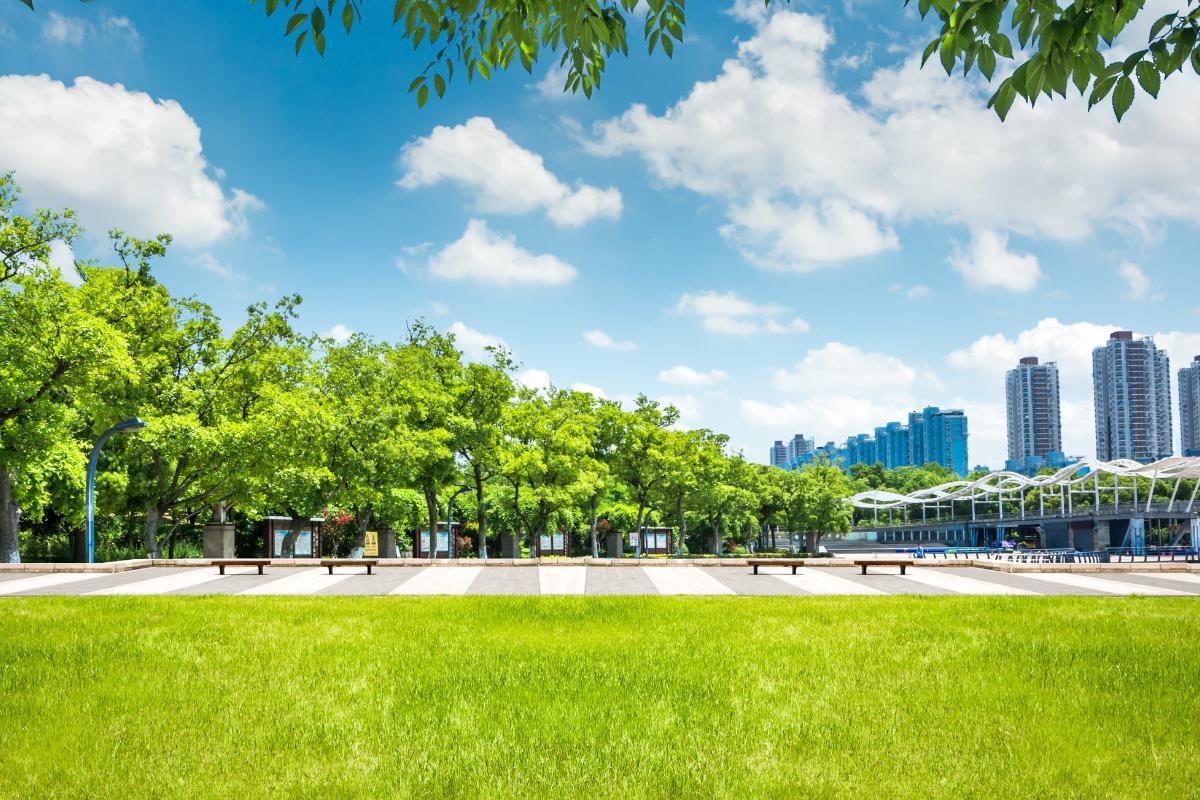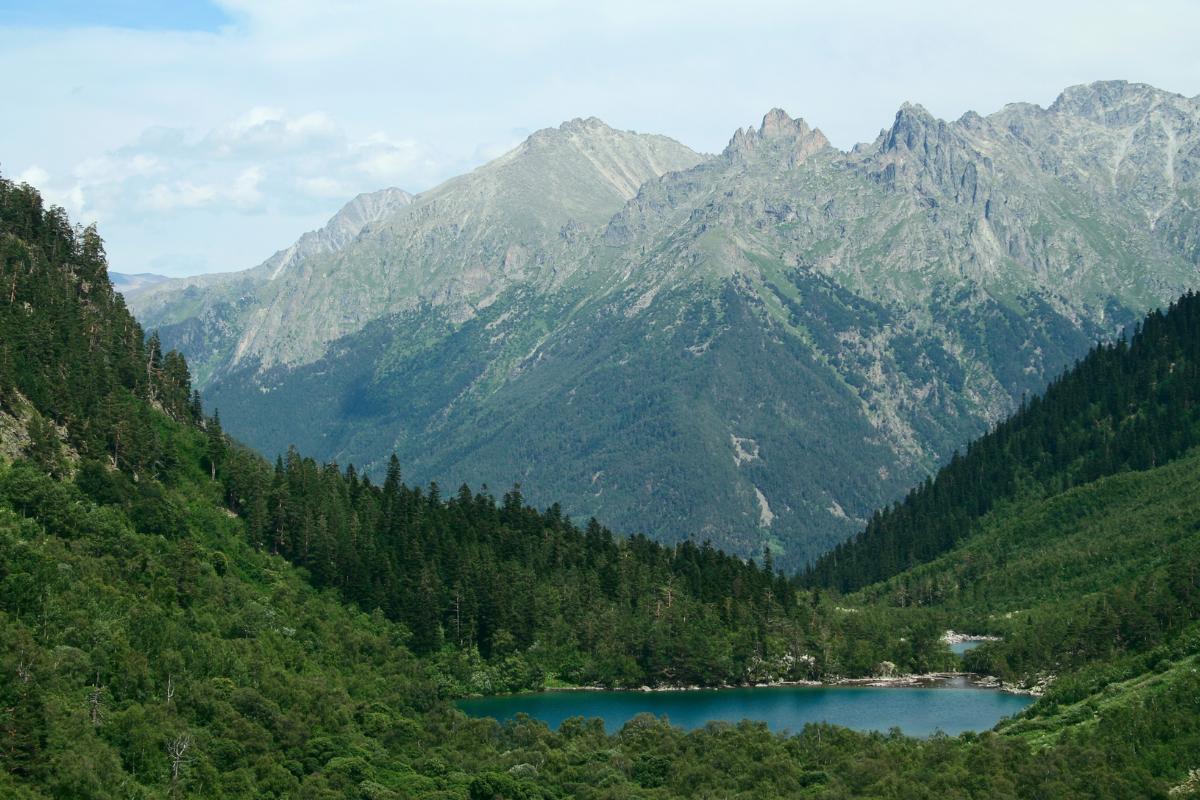What Is a Microclimate in Geography?

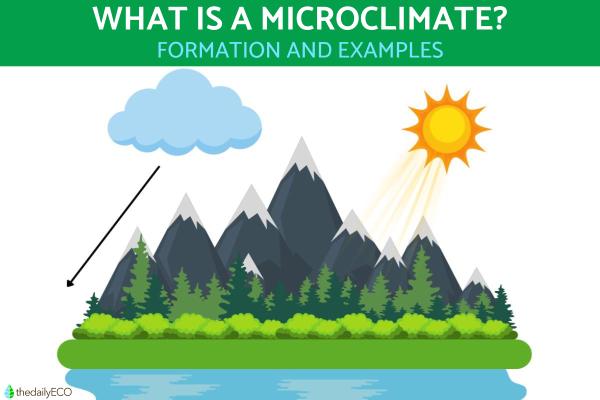
Climate study is a field within geography. Studied within this discipline are the overarching factors which determine climate and weather patterns around the globe. There are also small-scale phenomena that directly influence the environmental conditions of specific geographical areas. One of these is the microclimate, defined as the set of climatic characteristics specific to a small area that differ from the general climate surrounding it. Microclimates can be found in areas as small as a hillside, urban street or even garden. They arise from the interaction of physical and environmental factors specific to the location. Learn more about their formation and examples as thedailyECO asks what is a microclimate in geography?
What is a microclimate in geography?
A microclimate is a set of specific climatic conditions found in a very specific area. These conditions may be considerably different from the general climate prevailing in the broader region where it is located. This could be within a single city, town, valley or within a space as small as a garden. It is even possible to create an artificial microclimate at home with a terrarium or similar container.
Variations within a microclimate can be seen in temperature, humidity, wind, sunlight or precipitation. Essentially, these are the factors which determine any specific climate. Each one can influence the other in various ways.
What characterizes a microclimate is not only its small scale, but also its ability to remain relatively stable and distinct from the broader environment. These differences may seem small from a global perspective, but they are significant enough to influence the development of vegetation, animal behavior and even the way people build their homes or manage their crops.
For example, in a geographic area where the overall climate is dry and hot, there might be a specific area with a higher concentration of humidity or a slightly cooler temperature due to local terrain characteristics. This type of situation occurs in many places around the world and is essential for understanding how environmental elements interact at small scales.
In addition to microclimates, you can take a look at the various types of climates classified in geography.
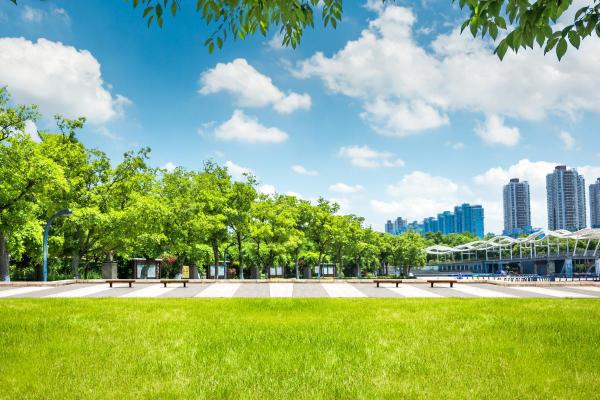
How a microclimate is formed
The formation of a microclimate is the result of the interaction between various elements of the physical environment that modify local atmospheric conditions. Although the general climate of a region is determined by large-scale phenomena, microclimates are generated by much more specific factors closer to the ground. These factors act as climate modulators, creating small bubbles with conditions distinct from those prevailing in their immediate surroundings.
With this in mind, there is no one specific process for microclimate formation. Instead, various factors determine how a microclimate is formed:
- Topography: the shape of the terrain is one of the most determining factors. Mountains, hills, valleys, slopes or depressions alter air flow, sun exposure and moisture accumulation.
- Altitude: the height above sea level has a direct impact on temperature and atmospheric pressure. As you ascend in altitude, the air becomes colder and less dense. Vegetation and fauna also change rapidly as a response to these differences in altitude. See how altitude affects microclimates with our article asking what is a mountain climate?
- Bodies of water: the presence of rivers, lakes, ponds or the sea influences humidity and the thermal regulation of the environment. Water has a high capacity to retain heat, something which smooths out temperature variations between day and night. Conversely, the lack of water in desert environments can create a different type of microclimate.
- Vegetation cover: vegetation acts as a natural thermal insulator. For example, wooded areas tend to be cooler and wetter than open spaces due to the shade provided by trees and evapotranspiration. Even in urban environments, the presence of parks and gardens can reduce local ambient temperatures, slow wind speeds and increase humidity.
- Soil type and surface color: dark or paved soils absorb more heat than light or vegetated soils, raising the surrounding temperature. Sandy soils also warm up more quickly, but retain less moisture than clay soils. This can alter thermal and humidity conditions in a small area to create a microclimate. Our article on soil degradation helps to see more about how soil affects ecosystems.
- Human constructions and urban design: the layout of buildings, street orientation, presence of trees and the density of infrastructure can alter air circulation, solar radiation and heat accumulation.
- Wind: wind speed and direction directly influence the thermal sensation, water evaporation and natural ventilation of a place. Urban design can also affect how the wind affects a microclimate.
- Solar orientation: this is the orientation of a space relative to the sun affects the amount of solar radiation it receives. This factor is especially important on sloping terrain or on buildings, where south-facing facades (in the Northern Hemisphere) or north-facing facades (in the Southern Hemisphere) receive more hours of direct sunlight.
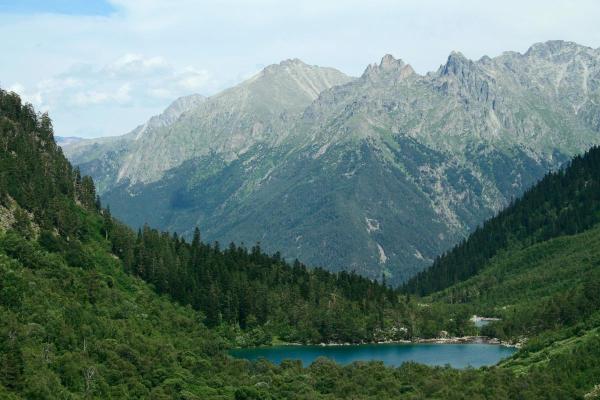
Examples of microclimates
Now we have the definition of a microclimate and what factors are involved in its formation, we can take a look at some of the examples of microclimates in geography:
- Urban microclimates (heat islands): one of the best-known examples of microclimates is the urban heat island effect or phenomenon. In large cities, the concentration of buildings, roads, cars and paved surfaces absorbs and retains more heat than the surrounding rural areas. As a result, the temperature in a city center can be several degrees higher than that of its surroundings, especially at night. This effect is intensified in the absence of vegetation and moderated in areas with parks, trees or vertical gardens.
- Microclimates in gardens or patios: even in very small spaces, such as a backyard or garden, microclimates can form. For example, a south-facing corner of the garden may receive more sun. This will result in it being warmer and drier than another area that is more shaded. This directly influences the types of plants that thrive in each corner of the same garden.
- Valleys and depressions: deep and closed valleys tend to retain cold air at night, creating cooler microclimates compared to hillsides or higher elevations. This phenomenon is known as a temperature inversion. Discover more about how valleys affect geographical landforms with our article asking what is a river valley?
- Mountain slopes: in the Northern Hemisphere, south-facing slopes typically receive more sunlight, resulting in a warmer and drier microclimate, while northern slopes are cooler and wetter.
- Coastal environments: areas near the sea, lakes or large rivers tend to have milder microclimates than inland areas. The body of water acts as a thermal regulator. It absorbs heat from the sun during the day and slowly releases it at night, reducing temperature extremes.
- Caves and ravines: deep caves, crevices or ravines can maintain a cool and humid microclimate year-round, even if they're located in warm regions. This is due to the lack of direct sunlight and the accumulation of moisture.
- Greenhouses and artificial structures: a greenhouse is a classic example of an artificially created microclimate. Thanks to its closed and transparent structure, it captures solar energy, maintains a high temperature and regulates humidity. This allows plants to be grown outside their season or natural climate.
- Protected agricultural areas: in agriculture, farmers take advantage of microclimates to improve productivity. For example, a plantation located on a sunny or wind-protected slope may ripen faster or produce better-quality fruit than a nearby plantation without these conditions.
- Oases in desert areas: oases are exceptional microclimates in arid regions. Thanks to the presence of groundwater or springs, they create small areas of vegetation, moisture and shade, surrounded by hot and dry deserts. Learn more about what is an oasis in a desert with our related guide.
- Forested areas in warm regions: a dense forest can create a cooler and more humid microclimate than the surrounding open spaces. The tree canopy reduces direct sunlight, while evapotranspiration contributes to increased air humidity.
If you want to read similar articles to What Is a Microclimate in Geography?, we recommend you visit our Environment (other) category.
- The Editors of Encyclopaedia Britannica. (2022). Microclimate. Encyclopaedia Britannica.
https://www.britannica.com/science/microclimate - StudySmarter. (n.d.). Microclimate: Factors, Importance. StudySmarter Spain.
https://www.studysmarter.es/resumenes/ciencias-ambientales/entorno-vivo/microclima/ - García, C. (2014). Microclimate, macroclimate and their elements. SlideShare.
https://es.slideshare.net/slideshow/microclima-macroclima-y-sus-elementos/32679927

